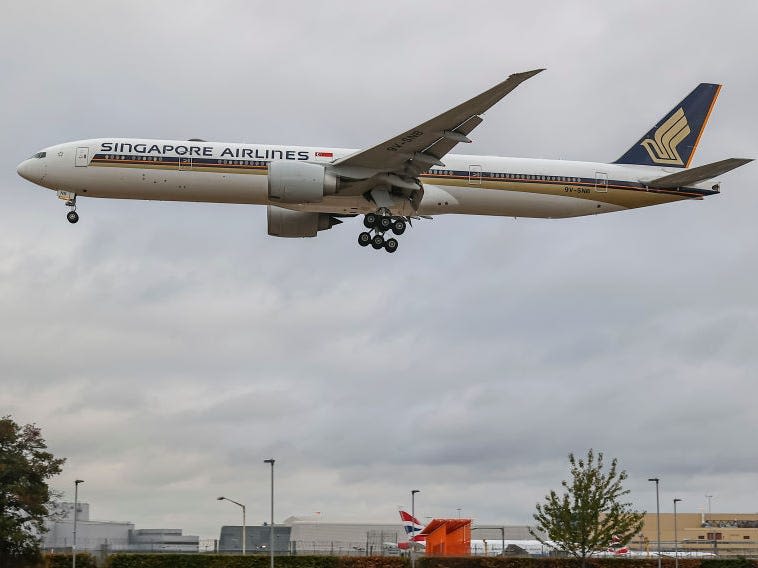Search results
News about airplane turbulence, air turbulence, climate change
News about Singapore Airlines, turbulence, cabin safety measures
Also in the news
4 days ago · What is turbulence? Turbulence is unstable air movement that is caused by changes in wind speed and direction, such as jet streams, thunderstorms, and cold or warm...
TURBULENCE definition: 1. a state of confusion without any order: 2. strong sudden movements within air or water: 3. a…. Learn more.
3 days ago · turbulence, In fluid mechanics, a flow condition (see turbulent flow) in which local speed and pressure change unpredictably as an average flow is maintained. Common examples are wind and water swirling around obstructions, or fast flow ( Reynolds number greater than 2,100) of any sort.
Jan 29, 2022 · As Figure 15 indicates, the turbulence exhibits rather different behaviors at various velocities (i.e. values of Re ), and sometimes changes rather abruptly - see, for example, the significant drag drop at Re ≈ 5 × 105.
turbulent flow, type of fluid (gas or liquid) flow in which the fluid undergoes irregular fluctuations, or mixing, in contrast to laminar flow, in which the fluid moves in smooth paths or layers. In turbulent flow the speed of the fluid at a point is continuously undergoing changes in both magnitude and direction.
noun. The condition or quality of being turbulent. Webster's New World. Similar definitions. Turbulent flow. American Heritage. An eddying motion of the atmosphere that interrupts the flow of wind. American Heritage. (uncountable) Disturbance in a gas or fluid, characterized by evidence of internal motion or unrest. Wiktionary.
- link.springer.com
- › Turbulence
Jan 1, 2015 · Turbulent flows are characterized by irregular patterns, unpredictable behaviour and the existence of numerous space and time scales. They appear when the source of kinetic energy which drives the fluid in motion is intense and able to overcome the viscosity effects that slow down the fluid.


